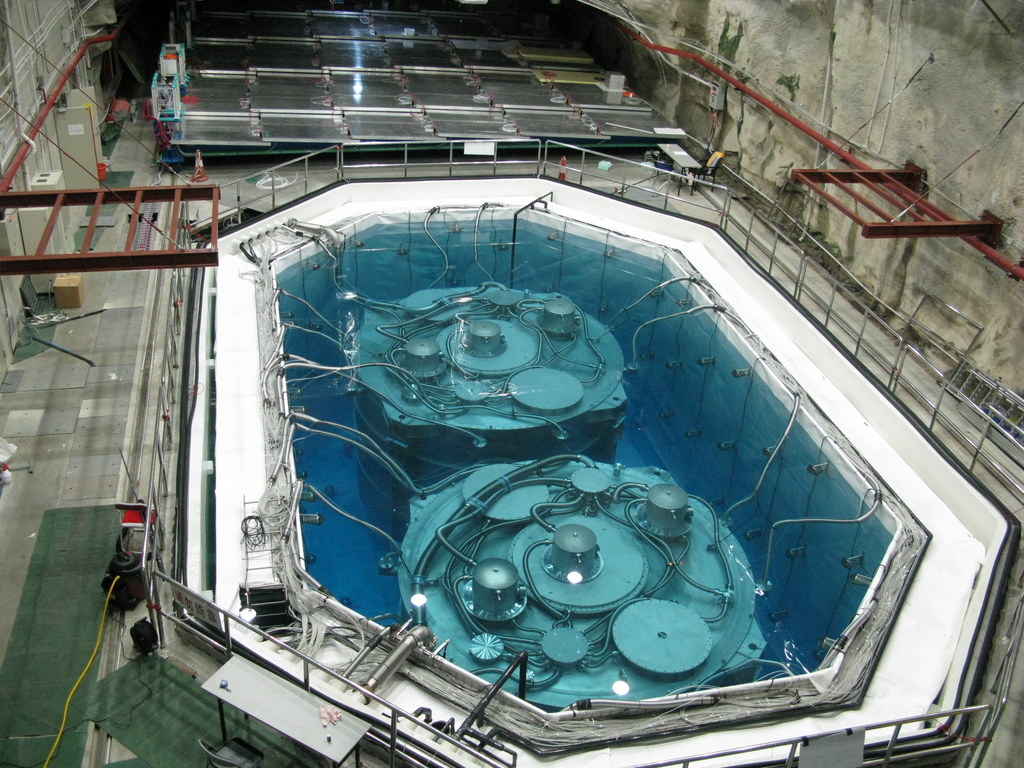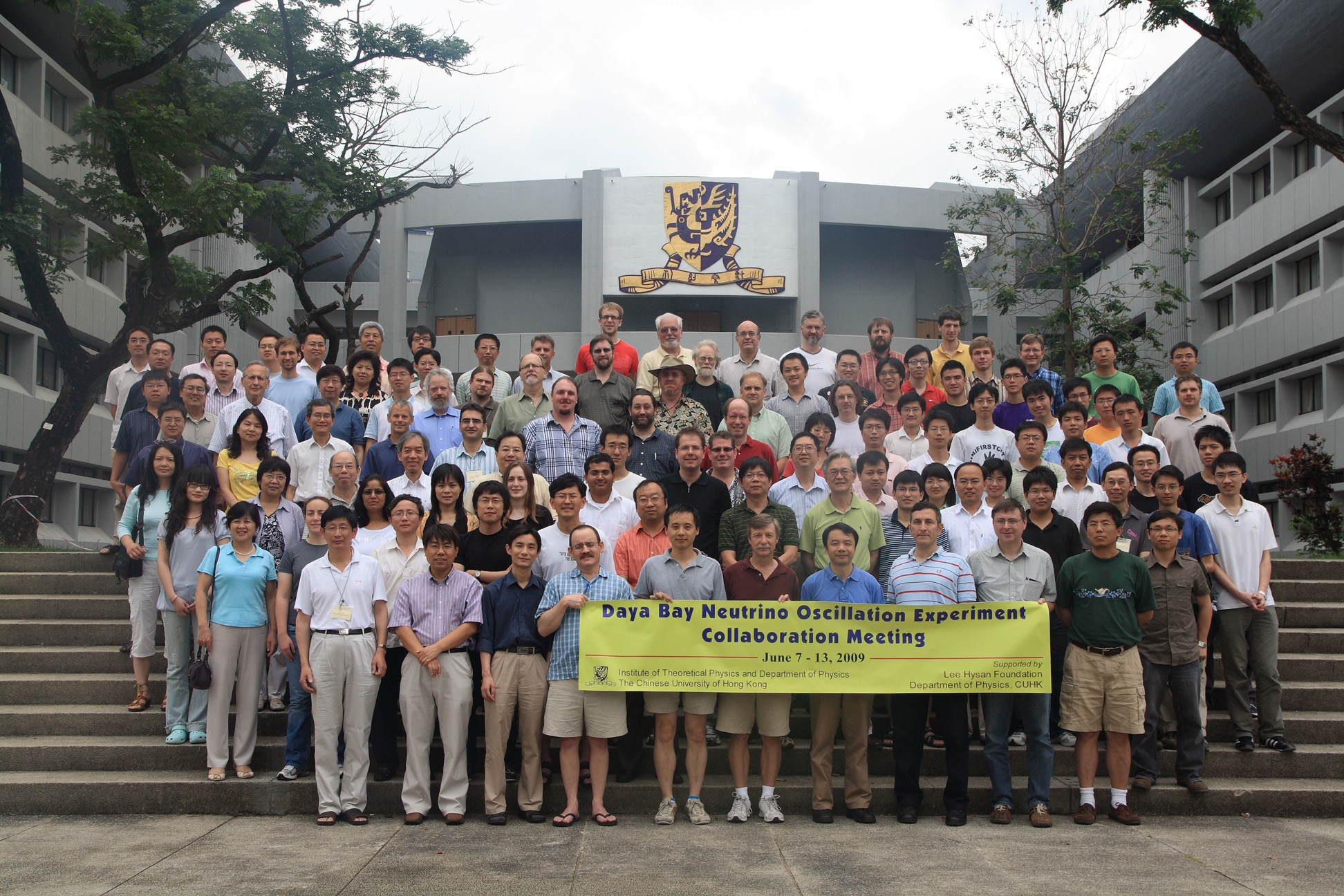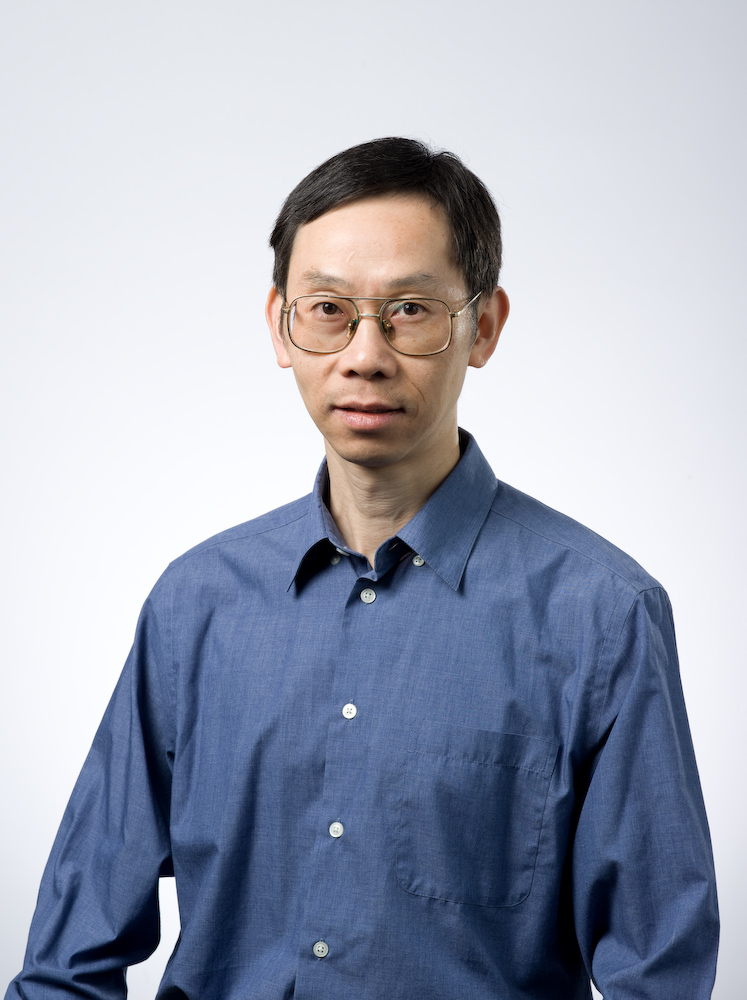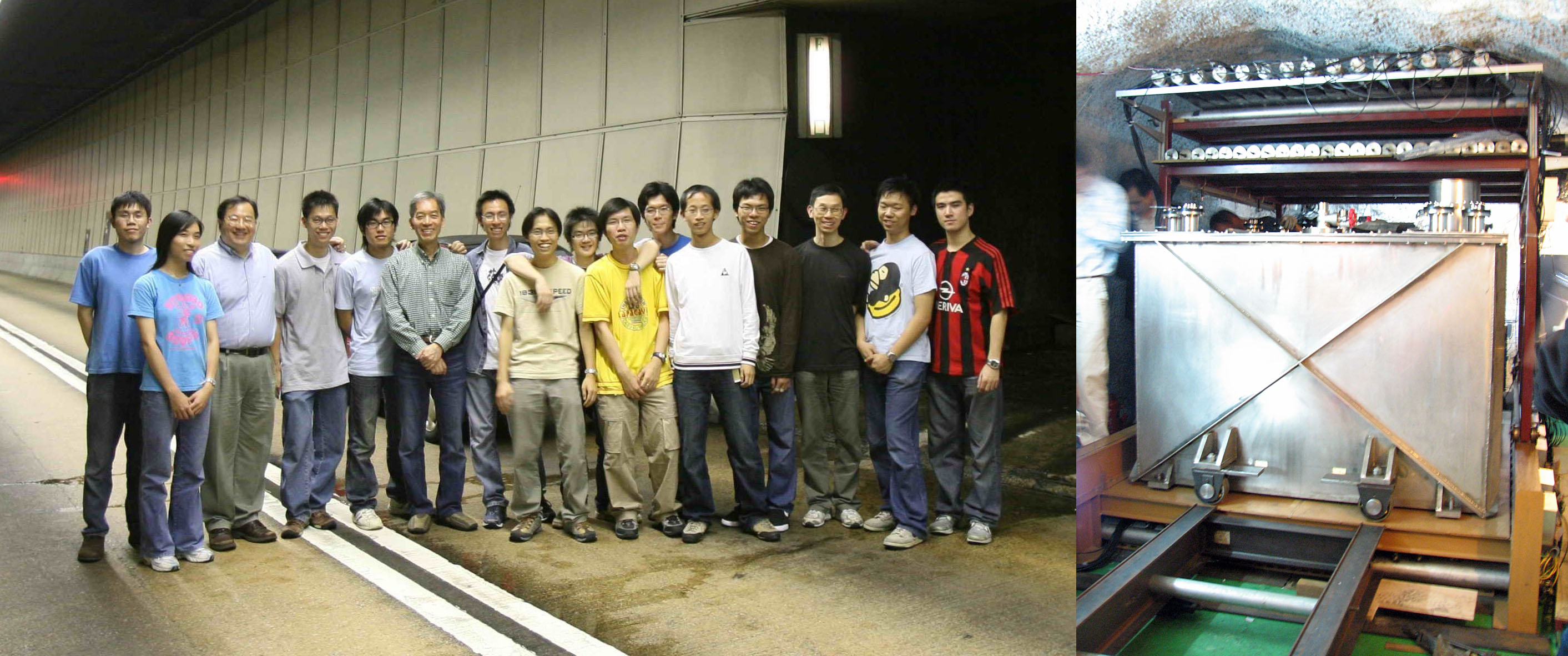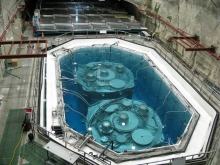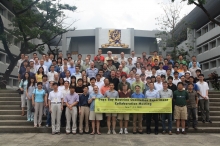CUHK
News Centre
The Daya Bay Reactor Neutrino Experiment Begins Taking DataCUHK Leads HK Research Team in Major International Physics Research to Unveil New Page in Cosmology and Astrophysics Research
The Daya Bay Reactor Neutrino Experiment (the Experiment) has begun its quest to answer some of the most puzzling questions about the elusive elementary particles known as neutrinos. The Experiment’s first completed set of twin detectors is now recording interactions of antineutrinos (antipartners of neutrinos) as they travel away from the powerful reactors of the China Guangdong Nuclear Power Group in southern China. A research team from The Chinese University of Hong Kong (CUHK) has been an active member of the Daya Bay Collaboration since its formation, leading researchers from two local institutions to monitor the Experiment and acquire data. The subsystems for detector monitoring and data acquisition, designed and built by the Hong Kong team, have also been put into service. This is the first time in history that researchers from Hong Kong join such a major international research project in elementary particle physics.
Neutrinos are uncharged particles produced in nuclear reactions, such as in the sun, by cosmic rays, and in nuclear power plants. They come in three types or ‘flavors’ — electron, muon, and tau neutrinos — that morph, or oscillate, from one form to another, interacting hardly at all as they travel through space and matter, including people, buildings, and planets like Earth, and are thus difficult to be detected. The start-up of the Experiment marks the first step in the international effort of the Daya Bay Collaboration to measure a crucial quantity related to the third type of oscillation, in which the electron-flavored neutrinos morph into the other two flavored neutrinos. This transformation is due to the least-known neutrino ‘mixing angle’ denoted by θ13 (theta one-three), and could reveal clues leading to an understanding of why matter predominates over antimatter in the universe, which is a key condition for our existence.
The Daya Bay Collaboration is formed by over 200 scientists from 39 institutes in mainland China, USA, Hong Kong, Taiwan, Russia and Czech Republic. The Hong Kong team is composed of members from departments of physics of CUHK and the University of Hong Kong, with Prof. Chu Ming-chung of CUHK serving as the Principal Investigator. With funding support of HK$17 million from the Research Grants Council of Hong Kong, the team is primarily responsible for designing and building a mineral oil monitoring system and a Nitrogen cover gas system for the antineutrino detectors, as well as a continuous Radon monitoring system for the Experiment. The team also contributes to data acquisition and analysis. Prof. Chu Ming-chung said, ‘I have always been fascinated by the universe. The unprecedented opportunity provided by the Daya Bay Experiment to collaborate with top scientists from all over the world to build the most sensitive neutrino detector ever, which may help to answer some of the outstanding mysteries of the universe, is just too good to miss! This project helps to establish Hong Kong as a regional centre in fundamental physics research and build long-term collaboration with leading research institutes worldwide.’
The Experiment is well positioned for a precise measurement of the poorly known value of θ13 because it is close to some of the world’s most powerful nuclear reactors — the Daya Bay and Ling Ao nuclear power reactors, located some 55 kilometers from Hong Kong — and it will take data from a total of eight large, virtually identical detectors in three experimental halls deep under the adjacent mountains, which provide natural shielding from cosmic rays to enhance accuracy.
Experimental Hall #1, a third of a kilometer from the twin Daya Bay reactors, is the first to start operating; Hall #2, about a half kilometer from the Ling Ao reactors, will come online this fall; Hall #3, the farthest hall, about two kilometers from the reactors, will be ready to take data in the summer of 2012. The Experiment is a ‘disappearance’ experiment, powered by the enormous quantities of electron antineutrinos produced in the nearby reactors. The detectors in the two closest halls will measure the raw flux of electron antineutrinos from the reactors; the detectors at the far hall will look for a depletion in the expected antineutrino flux. It is estimated that only about a few hundreds of neutrinos will be detected daily as their existence is extremely difficult to be detected. After two to three years of data collection with all eight detectors, the Experiment intends to meet the goal of measuring the oscillation amplitude of θ13 with a sensitivity of one percent.
In support of the Experiment, the Hong Kong team, collaborating with researchers from U.C. Berkeley, Brookhaven National Laboratory, Taiwan University, Taiwan Chiao-Tung University, Taiwan United University, and Institute of High Energy Physics, Chinese Academy of Sciences, has developed a satellite laboratory inside the Aberdeen Tunnel to study high energy cosmic rays that penetrate deep underground and their interactions. This allows for experimental study of the background radiations in an underground environment similar to those in the Daya Bay experimental halls. Over 30 undergraduate physics students from CUHK have contributed to the Aberdeen Tunnel Experiment in the past few years.
The first pair of antineutrino detectors submerged in pure water in the Daya Bay Experimental Hall #1, each being 5m tall and 5m in diameter. The Hong Kong team designed and built a subsystem in each of the detectors.
The Daya Bay Collaboration is formed by over 200 scientists from 39 institutes in mainland China, USA, Hong Kong, Taiwan, Russia and Czech Republic.


